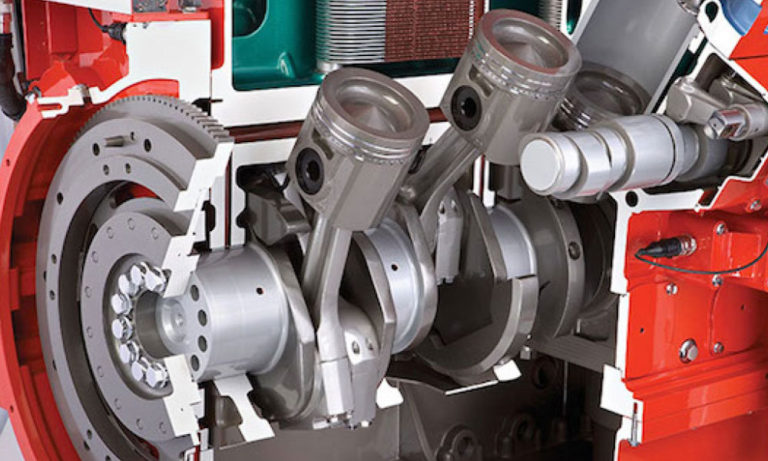There are two types of combustion engines made in the U.S. The most common is the spark-ignition gasoline model, which uses spark plugs and unleaded fuel to start. The other is the compression ignition diesel engine. Here’s some information on the latter.
Diesel Engine History
The diesel engine was invented by Rudolf Diesel in the 1890s. Early models were large and needed to operate at low speeds due to their air-assisted injection system. Initially, diesel engines were used to replace less efficient steam engines.
The situation changed in the 1920s when companies added diesel engines to their commercial vehicles. One was installed on a tractor prototype in 1923. The first truck with a pre-combustion chamber inject motor in the same year rolled off the assembly line.
Today’s diesel engines run cleaner and more efficiently. Plus, they’re utilized in different vehicles. For example, a 4BT Cummins engine can be installed in light-duty trucks, jeeps, backhoes, and marine vessels. Other diesel engine models are used in European and American sports cars.
Parts of a Diesel Engine
There are eight components of a standard 2-stroke and 4-stroke diesel engine. The Cylinder Block Assembly is the main component. It contains engine compartments supporting the engine’s operations.
Normally, the assembly features pistons, oil feed lines, and a water jacket. The latter is a cooling cover that maintains the engine’s temperature. Overheating and other issues occur when the water jacket is damaged.
The Cylinder Head Assembly is located on the top of the engine, normally made of aluminum for its strength and lightness and consists of four components.
- The valve and spring open and close the intake and exhaust channels.
- The camshaft is a rotating metal object with pointed cams that spin to create motion.
- The rocker’s arm presses the valve when it’s touched, so the in/out channel opens.
- A combustion chamber is a small area where diesel fuel ignition occurs. The resulting flame pushes the piston down.
The Piston and Connecting Rod adjust the fuel volume inside the cylinder to maintain operations. Space expands when the piston moves down and shrinks when the piston moves up.
The Crankshaft operations the pistons in a similar way a bicycle operates. As its wheels move as you pedal a bike, the pistons rotate up and down only when the engine is active.
The Oil Pan holds engine oil and isn’t much different than what’s available on spark-ignition engines. The container is a thick material like iron or zinc to minimize corrosion.
A Timing Chain Assembly is part of the valve mechanism. It connects the sprocket gears of the crankshaft to those of the camshaft. It continually runs to ensure the engine’s smooth operations.
The Fly Wheel’s goal is to balance the engine’s speed. It also helps to power the motor while it idles and when the vehicle is on the road.
The Fuel System Assembly features the diesel fuel tank and the injector. It feeds the right amount of liquid into the combustion chamber. The most common version of this assembly is a computer-controlled rail system, which maintains emissions and fuel consumption.
How Does a Diesel Engine Start?
A diesel engine starts when it’s turned by an electric motor, which beings the compression ignition cycle. The fuel’s temperature needs to be high enough to light. Unlike unleaded gasoline, diesel can get stiff in cold weather. So, glow plugs, and small electric heaters powered by the vehicle’s battery, must be switched on before starting the engine.
Once the fuel reaches the right temperature, it’s injected into the engine’s combustion chamber. The engine piston compresses the gas and it is ignited at the right temperature. Next after-treatment components are introduced to break down toxic nitrogen oxide emissions into harmless nitrogen and water.
From there, a diesel engine works in the same ways as a fuel-injected model—the pistons and flywheel work in conjunction with the timing assembly, crankshaft, and camshaft. In turn, it generates the necessary strength to work drivetrain and powertrain components.
The above information is a general description of how a diesel engine works. If you’d like more information, speak with a subject matter expert like a salesperson or technician. They will provide the necessary details.

